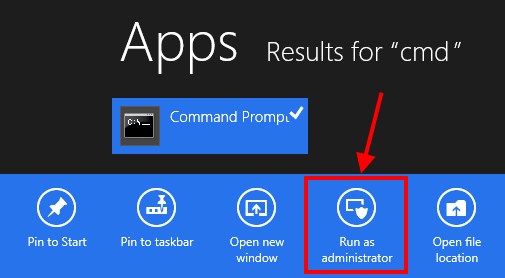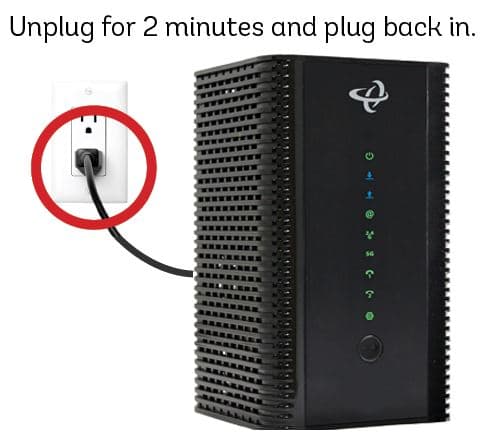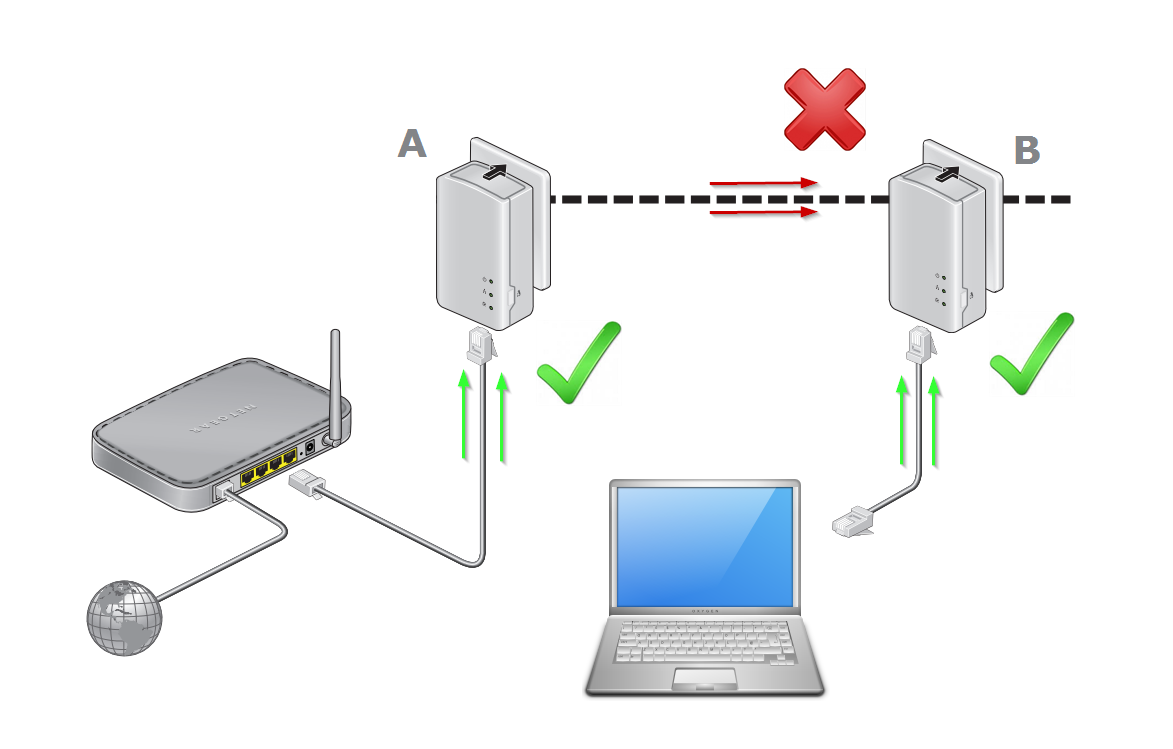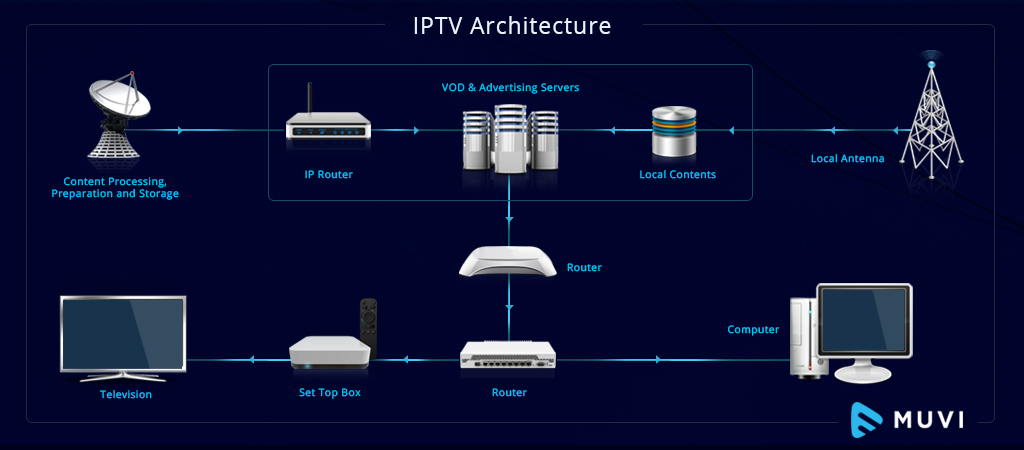Setting up a new office network can be a daunting task, but with careful planning and execution, you can create an infrastructure that is reliable, secure, and ready to scale. This article provides tips on key considerations when designing your network, best practices to ensure high performance, and how to future-proof your technology investments.
Understand Requirements of Organization and Users
The first step is gathering requirements from stakeholders across the organization to understand bandwidth needs, who will use the network, their access levels, and application-specific needs.
For example, an architecture firm may need:
- High bandwidth for transferring large design files
- Secure remote access for employees in the field
While a doctor’s office may require:
- Moderate bandwidth
- Compliance with healthcare data regulations
- Wireless access for staff and patients
Document these requirements in a network design document to reference later.
Evaluate Existing Infrastructure
Before selecting new hardware or software, assess what networking infrastructure already exists and whether it meets organizational needs and allows for future growth.
- Inventory existing routers, switches, firewalls, Wi-Fi access points, and cabling
- Identify protocols like TCP/IP, VLANs, VPNs already in use
- Determine if systems can scale up or need replacement
Upgrading certain components may be more cost-effective than a full replacement.
Select Hardware and Software Components
Once infrastructure needs and gaps are determined, research and select the optimal hardware and software elements to address them.
Hardware
- Routers and switches: Ensure suitable throughput, ports, and management capabilities.
- Cabling: Cat 6 or above provides future-proof bandwidth capacity.
- Racks and patch panels: Choose adjustable racks with compatible panels.
- Power protection: Install uninterruptable power supply (UPS) units.
Software
- Operating systems: Consider Windows, Linux, or Mac OS versions that suit organizational needs.
- Protocols and services: TCP/IP, DHCP, DNS, HTTP/HTTPS, FTP, SMTP, SNMP.
- Management and monitoring: Tools like PRTG Network Monitor.
- Security: Firewall, VPN, antivirus, and endpoint protection software.
Design Scalable Network Architecture
Create a network diagram mapping how different locations, users, devices, and applications will connect and communicate. Consider:
- Separating domains and zones based on access levels
- Capacity, availability, and redundancy to prevent bottlenecks
- Accommodating wireless networks
- Allowing for VPN and cloud integration
Implement Network Security Best Practices
As networks expand, so do vulnerabilities. Develop security policies and controls like:
- Multifactor authentication
- Encrypted connections and sensitive data
- Restricting user permissions
- Antivirus and anti-malware software
- Regular patch management
- Ongoing network scans, audits, and testing
Prioritize measures to safeguard critical assets and meet relevant compliance standards.
Optimize Performance
Bottlenecks and latency issues affect user experience and productivity. Optimize continually through:
- Monitoring traffic with analytics
- Segmenting domains by application or traffic levels
- Load balancing between servers or network links
- QoS prioritization for voice and video
- Upgrading to higher bandwidth
Plan Future Expansion
Leave capacity in your network design and budget for future needs:
- Extra switch ports
- Cabling and racks for additional hardware
- Evaluating new technologies like Wi-Fi 6
- Scaling up internet circuits
Careful preparation today will facilitate growth tomorrow.
Conclusion
Deploying a high-performing and resilient network requires aligning infrastructure decisions to your organization’s unique needs and applications. By understanding requirements, designing for scalability, prioritizing security, monitoring performance, and planning ahead, you can build an efficient foundation to support long-term goals. Revisit decisions periodically as needs evolve to keep your network optimized for the future.







